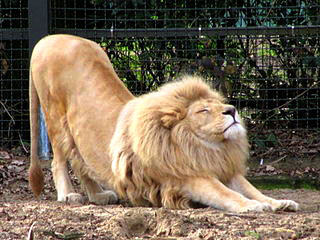Pandiculation is the simplest way to restore muscle function and reduce excess muscle tension, but what is it and how does it work?
Pandiculation is something we are all familiar with, even if we’ve never heard of it. A ‘yawn’ is a reflexive pandiculation, and something we have all done countless times. We normally think of a ‘yawn’ as a stretch but on closer inspection this is not the case. When we yawn we actually tighten or contract the muscles of our jaw, neck, upper back and often our arms and shoulders, we then slowly relax back to rest. So far from stretching when we yawn, we first contract and then slowly relax, and that is exactly what pandiculation involves.
If you would like to see some truly expert pandiculating, find yourself a cat. Cats possess incredible agility, phenomenal reflexes, can climb anything, turn on a six pence and contort themselves into some bizarre positions in order to clean themselves. They also pandiculate, a lot. Most animals in the wild will pandiculate somewhere in the order of 40-50 times a day. Whenever they wake from sleep they will automatically pandiculate. And why do they do this?
TO PREPARE THEIR NERVOUS SYSTEM AND THEIR MUSCLES FOR MOVEMENT!
Big cat, big pandiculation.
This lion is pandiculating his back
and neck, not stretching his belly
Source:

Pandiculation: Movement Medicine
Pandiculation is the simplest way to restore muscle function and reduce excess muscle tension, but what is it and how does it work? Pandiculation is something we are all familiar with, even if we&…thesomaticmovement.wordpress.com
Supposedly this style of exercise is called somatics... I've been finding a lot about it online lately, various titles related to the term.
Has anyone done this? Is it as effective to the degree people mention?
